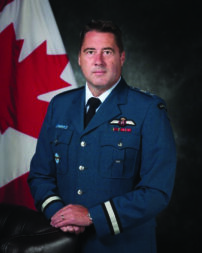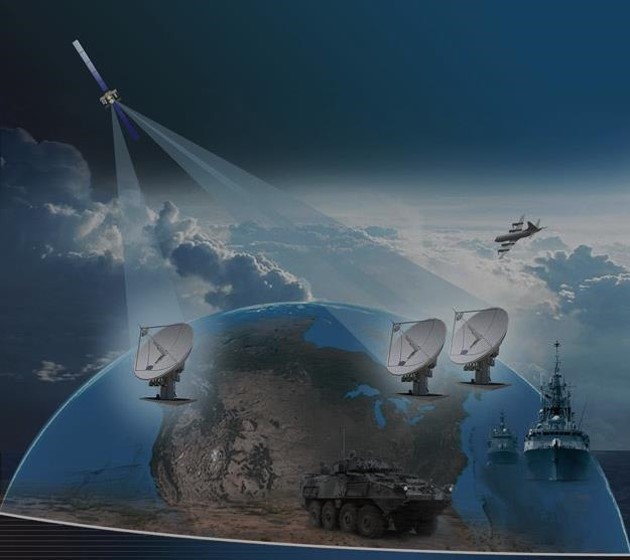Products You May Like
VICTORIA, British Columbia — Canada’s military will establish a new space division later this year as it further develops its capabilities and skills for space operations.

Royal Canadian Air Force Brig. Gen. Michael Adamson, the services’s director general for space, said Canada is following its allies who have created similar organizations. The U.S. has a Space Force expected to number 16,000 people at full strength, but Adamson noted that Canada’s version would be much smaller.
“It makes logical sense for us to look at standing up a Canadian Space Division that basically generates those forces that will then be able to be employed in operations for army, air force, navy and SOF (special operations forces),” Adamson said.
The Canadian Space Division proposal is making its way through various organizations in the Department of National Defence and ultimately will be sent to Defence Minister Anita Anand. “We hope to have sign-off and stand up of the Canadian Space Division at some point in the next six to eight months,” Adamson said. “As we move forward to standing up the division, it’s just going to cement that [space] is critical to what the Canadian Armed Forces does at home and abroad.”
The division would be responsible to the Royal Canadian Air Force commander for the generation of space capabilities for force employment missions. While the air force uses the word “division,” the actual numbers of personnel involved are more conservative.
“At the moment, we’re probably 180-strong in the space enterprise,” explained Adamson. “We’re hoping to grow the enterprise across the entire Canadian Forces up to 270.”
That, however, will include personnel working on space-related tasks in operations centers as well as civilian personnel.
At one point, consideration was given to developing a specific space trade within the Canadian Armed Forces. But Adamson said Canada abandoned that idea. “We’ve looked at it, but I don’t think it’s a worthwhile endeavor at this point given the size we plan on,” he explained. “What we are doing is identifying the space cadre in the Canadian Armed Forces. There are certain occupations and jobs that really lend themselves well to coming and working in the space environment.”
Adamson said he has been educating senior Canadian commanders about the importance of space and the potential threats to the space-based capabilities they need.
The procurement of space capabilities is the purview of other offices within the RCAF and the Department of National Defence organizations.
But Adamson said he closely monitors such proposed equipment acquisitions. “Obviously, I’m keenly interested in what’s coming down the pipe to make sure it’s what we need and it’s relevant to what we’re doing,” he said. “When we’re looking at procurement, we want it to be complementary to those other capabilities we are leveraging from our allies.”
Adamson said it is important for Canada to determine what space capabilities it needs to develop and which ones it can leverage from allies or become involved in joint projects.
“The other piece we need to consider is this incredible surge in commercial capability,” he explained. “They seem to be making even larger leaps and bounds in terms of tech advance than some of the government-funded R&D programs we see around the globe.”
If a needed capability can be satisfied through commercial means with the appropriate security measures in place, then that is worth examining, Adamson added. “Some of the projects that we’ve got going along are not yet at a point where we’ve identified what the solution is going to be. [A commercial solution] is possibly one of the options we could look at.”
